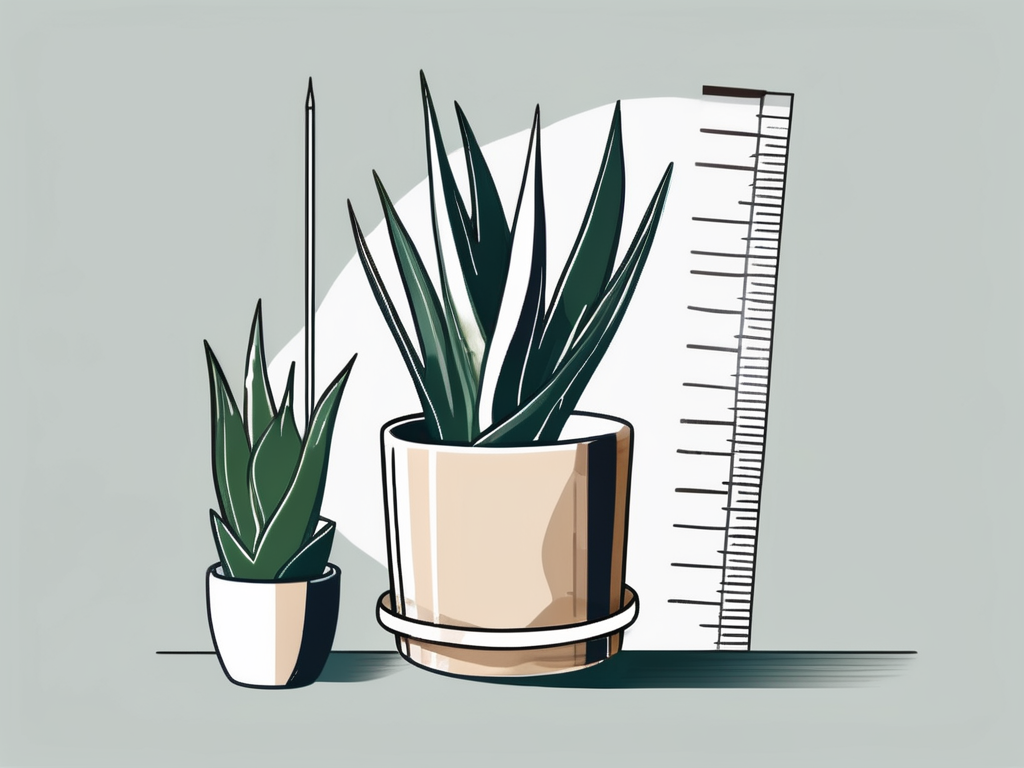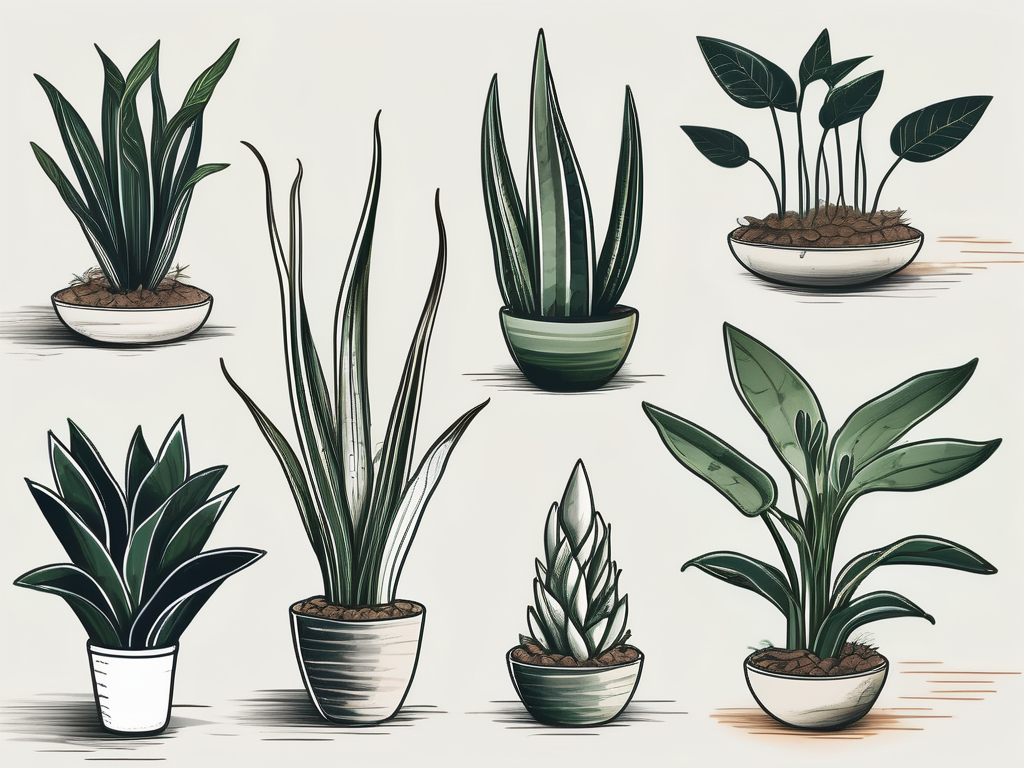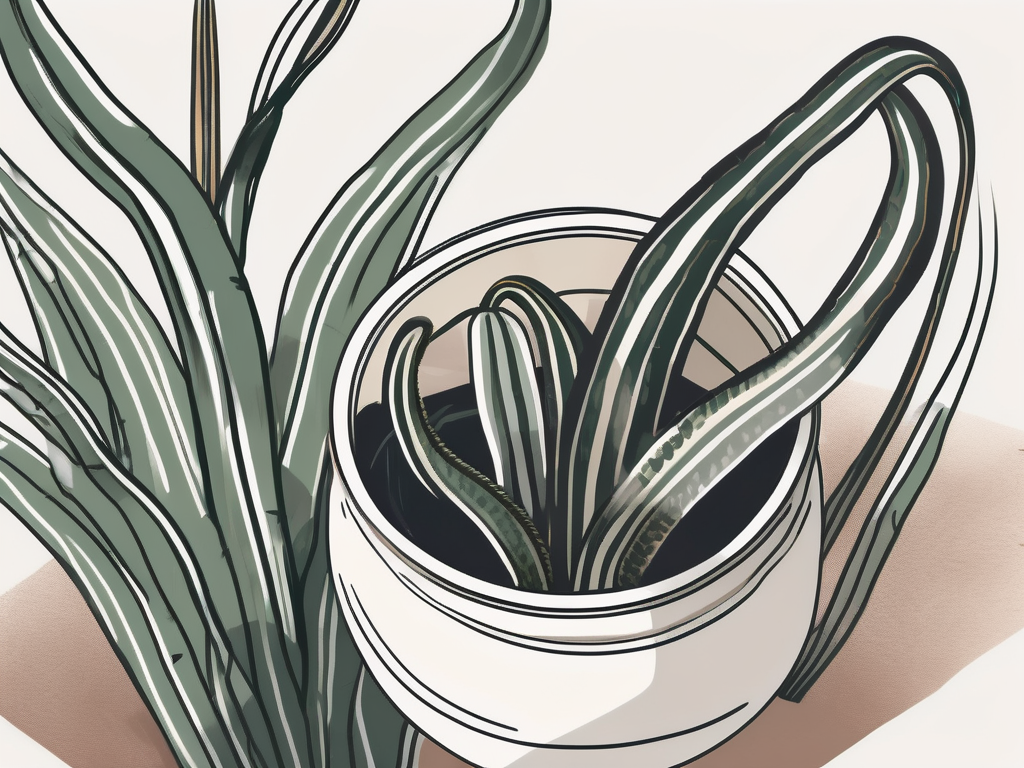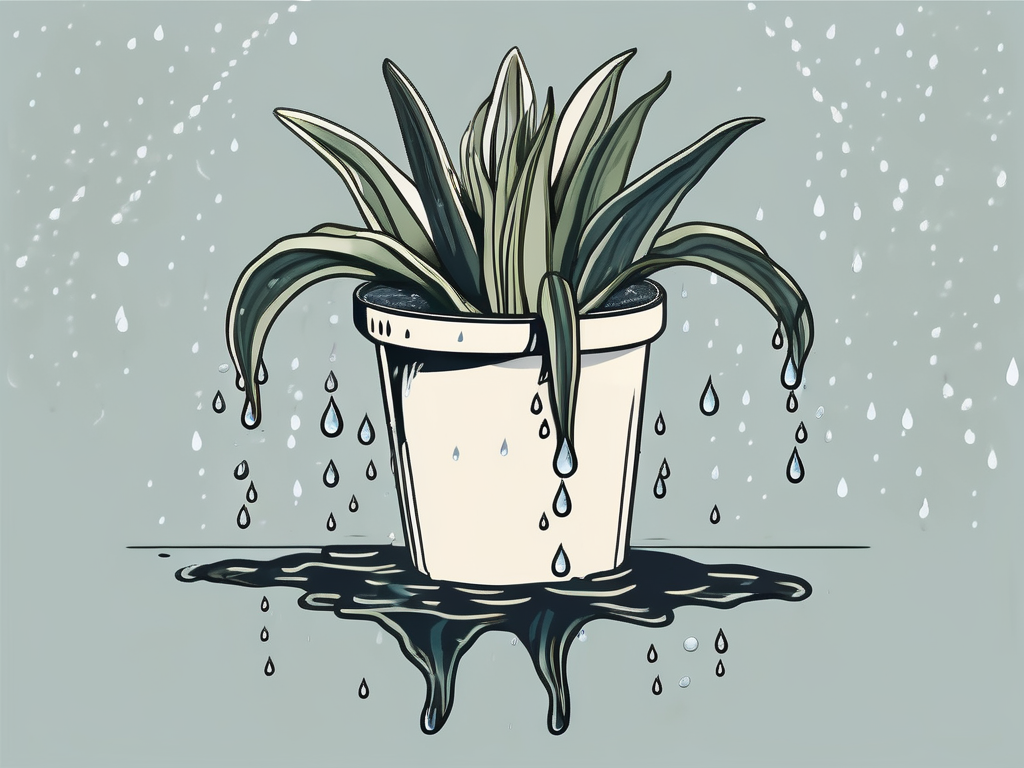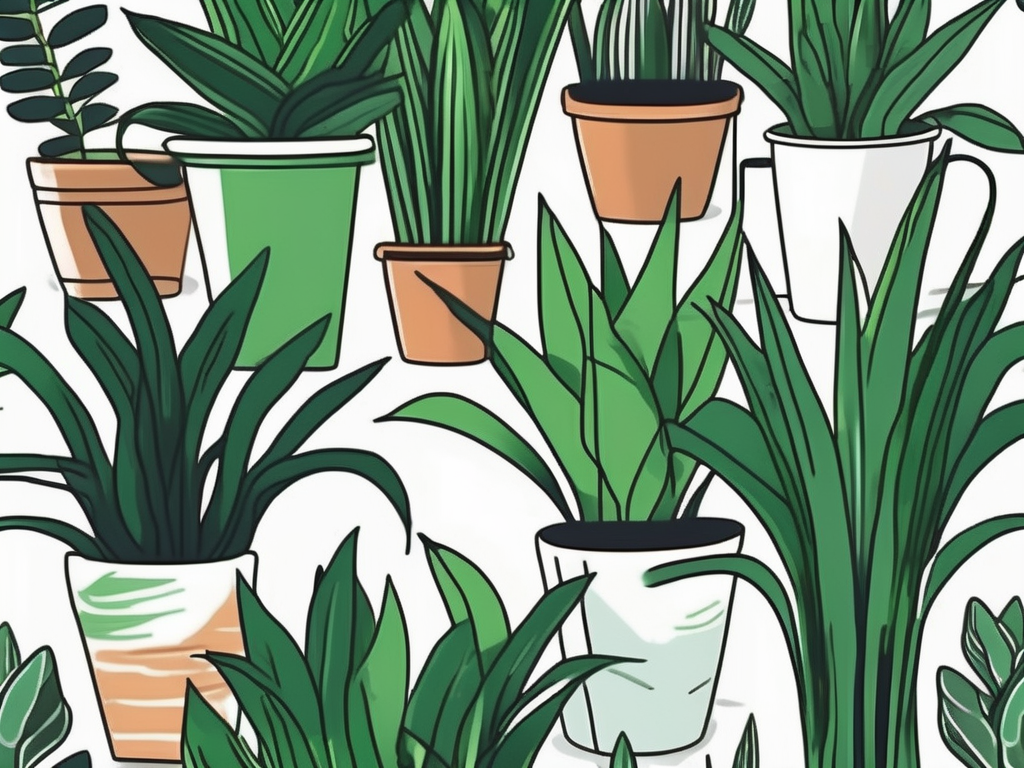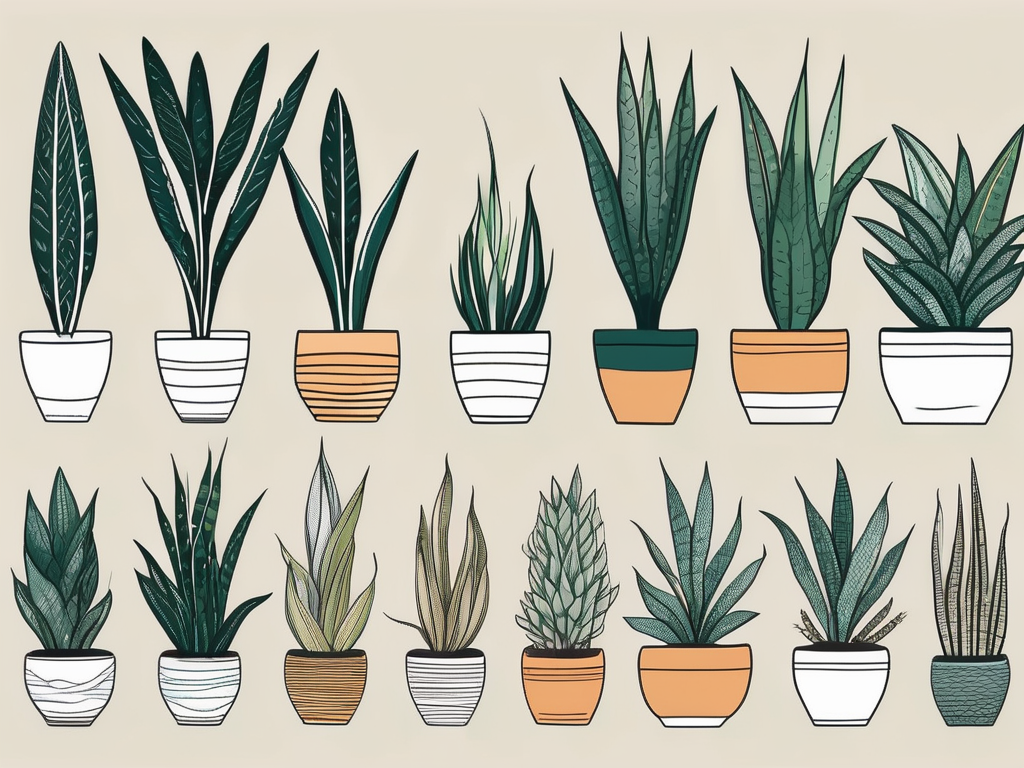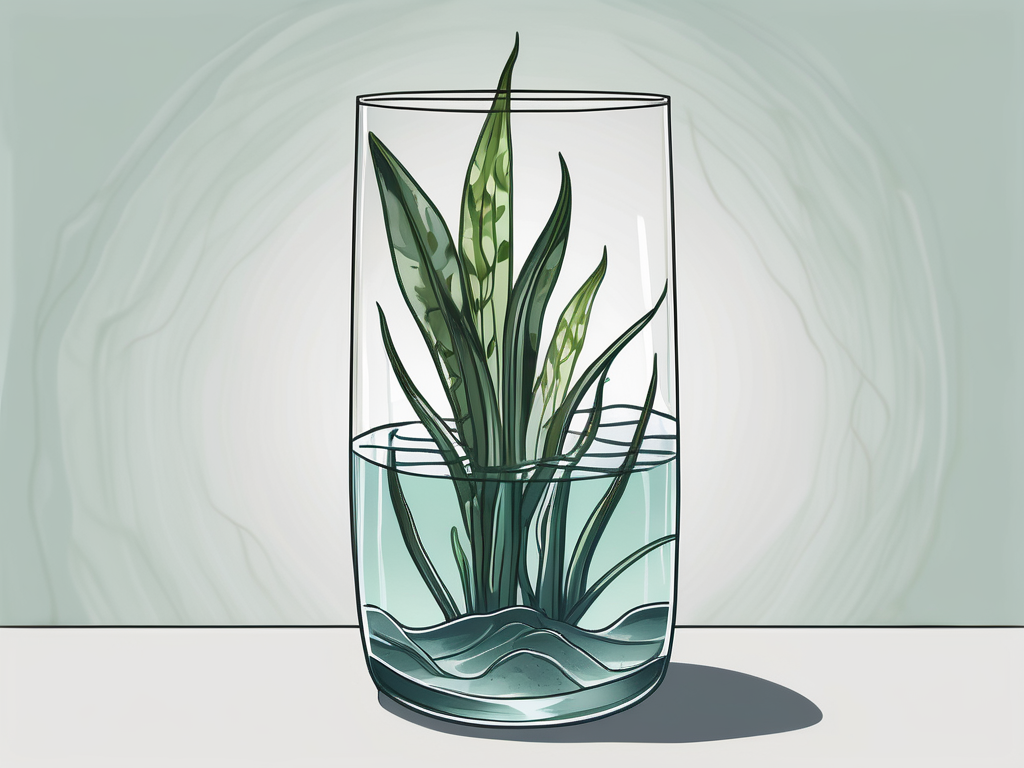
Snake plants, also known as Sansevieria or Dracaena trifasciata, are well-loved houseplants for their sturdy nature and striking appearance. While most plant parents are familiar with growing snake plants in soil, did you know they can thrive just as well in water? This unique method not only adds a modern twist to your plant care routine but also creates a stunning display in your home.
In this guide, we'll walk through how to grow a snake plant in water, offering step-by-step instructions and practical tips. From selecting the right container to troubleshooting common issues, you'll have everything you need to enjoy this fascinating plant care method. Ready to dive in? Let's get started!
Why Grow Snake Plants in Water?
Before we get into the how-to, let's chat about the why. Growing snake plants in water is a great option for several reasons. First, it's low-maintenance. Water-grown plants don't require the same kind of attention as their soil-dwelling counterparts, making them perfect for busy plant lovers or those new to the hobby.
Another reason to consider water propagation is the aesthetic appeal. The clear container showcases the plant's roots, adding a unique visual element to your decor. Plus, there's less mess involved—no soil spills here! Finally, water growth helps you keep an eye on the plant's health, as any issues with the roots are immediately visible. This method can also be a lifesaver if you're dealing with pest problems or root rot in soil.
So, if you're ready to give your snake plant a watery home, let's move on to setting up your plant for success.
Choosing the Right Container
The first step in growing a snake plant in water is selecting the perfect container. While you don't need to break the bank on a fancy vase, it's important to choose one that suits the plant's needs and complements your style.
Here are a few things to consider:
- Size: Make sure the container is large enough to accommodate the plant's root system. A narrow neck can help support the plant and keep it upright.
- Material: Glass is a popular choice because it's transparent, allowing you to monitor root growth. However, you can also use ceramic, plastic, or any other material that doesn't leach harmful substances into the water.
- Shape: The shape of the container doesn't need to be elaborate, but it should be stable and not easily tipped over. Wide-bottomed containers usually offer better stability.
Once you've chosen your container, give it a good wash to remove any residues that might harm your plant. Now, you're ready to prepare your snake plant for its new aquatic life.
Preparing Your Snake Plant
The next step is to prepare your snake plant for water propagation. This involves selecting healthy cuttings and ensuring they're ready to thrive in their new environment. Here's how you can do it:
- Select a Healthy Leaf: Choose a healthy, mature leaf from your snake plant. It should be free from any blemishes or signs of disease. A leaf with a deep green color is ideal.
- Cut the Leaf at an Angle: Using a clean, sharp knife or scissors, cut the leaf at an angle. This increases the surface area for rooting, promoting faster growth.
- Let the Leaf Callous: Allow the cut end to dry and callous over for a few days. This step is crucial as it prevents rot once the leaf is submerged in water.
Once your leaf is ready, it's time to move on to the next step—getting it rooted in water.
Rooting the Snake Plant in Water
With your container and leaf prepared, you're ready to start the rooting process. This stage requires a bit of patience, but it's exciting to watch the roots begin to grow. Here's what to do:
Steps to Rooting:
- Submerge the Leaf: Place the calloused end of the leaf in water. Ensure that only the bottom part of the leaf is submerged, as too much water exposure can cause rot.
- Change the Water Regularly: Change the water every week to keep it fresh and oxygenated. This prevents the growth of bacteria and algae, which can harm the plant.
- Place in a Bright Spot: Position the container in a bright spot with indirect sunlight. Direct sunlight can be too harsh and may damage the leaf.
In about 4 to 6 weeks, you should start seeing roots forming. Once the roots are a few inches long, your snake plant is well on its way to thriving in water!
Caring for Your Water-Grown Snake Plant
Now that your snake plant is rooted and growing, it's important to maintain its health. Although water propagation is straightforward, a few key care tips can make a big difference:
- Watch for Algae: Algae can build up in the water, especially in clear containers. If you notice any green slime, clean the container thoroughly and refresh the water.
- Avoid Fertilizers: Snake plants don't need fertilizers when grown in water. If you feel the plant needs a boost, use a diluted liquid fertilizer sparingly.
- Monitor Root Health: Keep an eye on the roots for any signs of rot or decay. Healthy roots should be white or light in color.
With these care tips in mind, your water-grown snake plant should continue to flourish, adding a touch of greenery to your home.
Troubleshooting Common Issues
While growing snake plants in water is relatively easy, you might encounter a few common problems along the way. Here's how to address them:
- Root Rot: If you notice the roots turning brown or mushy, it's likely due to root rot. This can happen if the water is not changed frequently enough or if the leaf is submerged too deeply. Trim away any affected roots and refresh the water regularly.
- Slow Root Growth: If your snake plant isn't developing roots, ensure it's receiving enough indirect sunlight and that the water is fresh. Sometimes, adding a rooting hormone to the water can help.
- Discoloration: Yellow or brown leaves can indicate water quality issues or too much direct sunlight. Adjust the plant's environment and check the water for contaminants.
By keeping an eye on these potential issues, you can ensure your snake plant remains healthy and vibrant.
Incorporating Snake Plants into Your Decor
One of the joys of growing snake plants in water is the decorative possibilities they offer. Here are some ideas to incorporate them into your home decor:
- Create a Centerpiece: Use a group of smaller containers with snake plants to create a centerpiece for your dining table or coffee table.
- Mix and Match: Pair your water-grown snake plant with other water plants like pothos or lucky bamboo for a diverse, eye-catching display.
- Use Unique Containers: Experiment with different shapes and styles of containers to match your decor theme, whether it's modern, rustic, or eclectic.
With a little creativity, your snake plant can become a stylish and refreshing element in any room.
Benefits of Water Propagation
Besides the aesthetic appeal, there are several benefits to growing snake plants in water. First, it reduces the risk of overwatering—a common issue with soil-grown snake plants. It also minimizes the chances of pest infestations, as soil is often a breeding ground for bugs.
Additionally, water propagation allows for better monitoring of the plant's health. You can easily spot any problems with the roots and address them promptly. This method also encourages new growth, helping the plant to become fuller and more robust over time.
So, if you're looking for a way to simplify your plant care routine while adding a unique touch to your home, water propagation might just be the perfect solution.
Final Thoughts
Growing snake plants in water is a fun and rewarding way to enjoy these resilient houseplants. By following the steps outlined above, you can create a beautiful and healthy display in your home. From selecting the right container to troubleshooting common issues, you'll be well-equipped to care for your water-grown snake plant.
At Cafe Planta, we love helping plant people create thriving indoor gardens. Whether you're looking for new houseplants or plant care accessories, we've got you covered. If you have any questions or need advice, feel free to email us or drop us a message on Instagram. We're here to support your plant journey every step of the way!

















